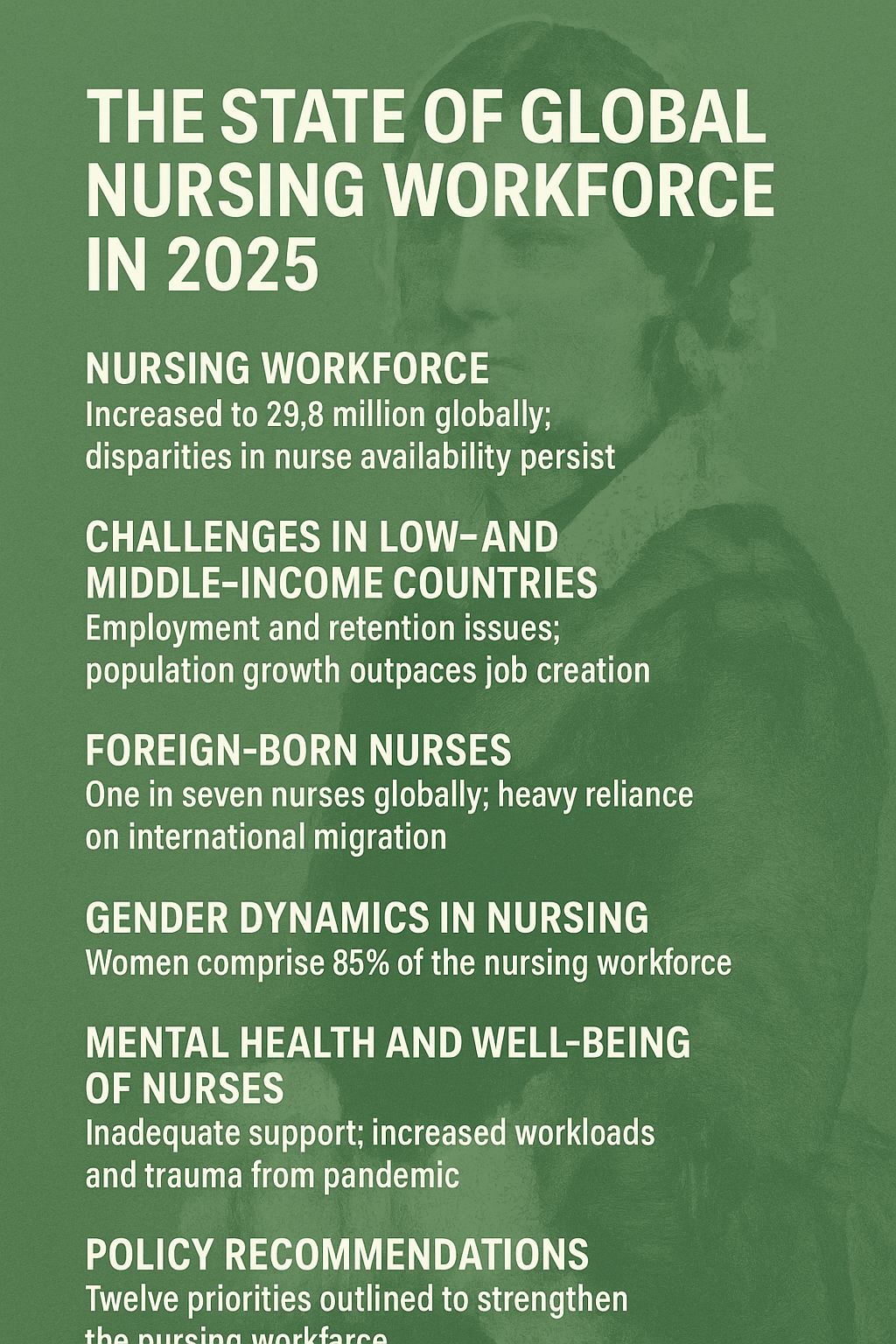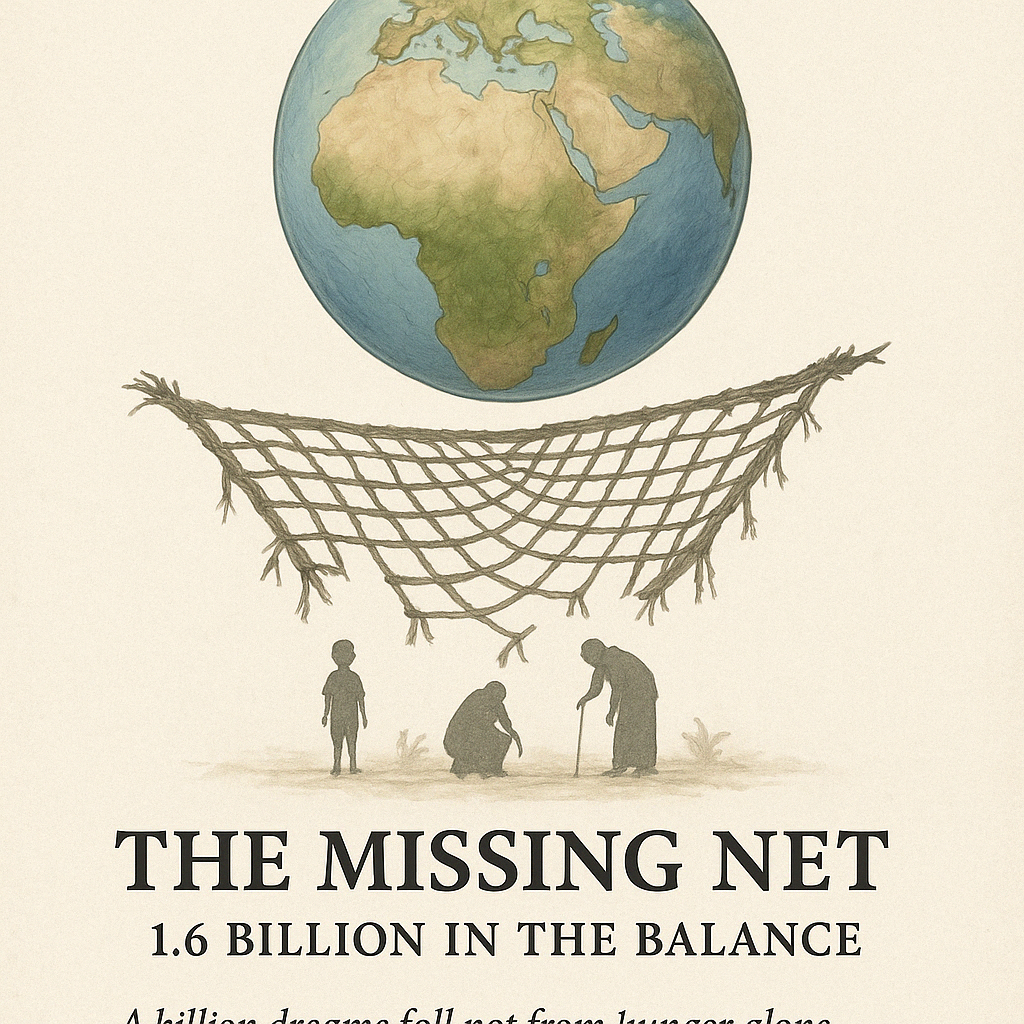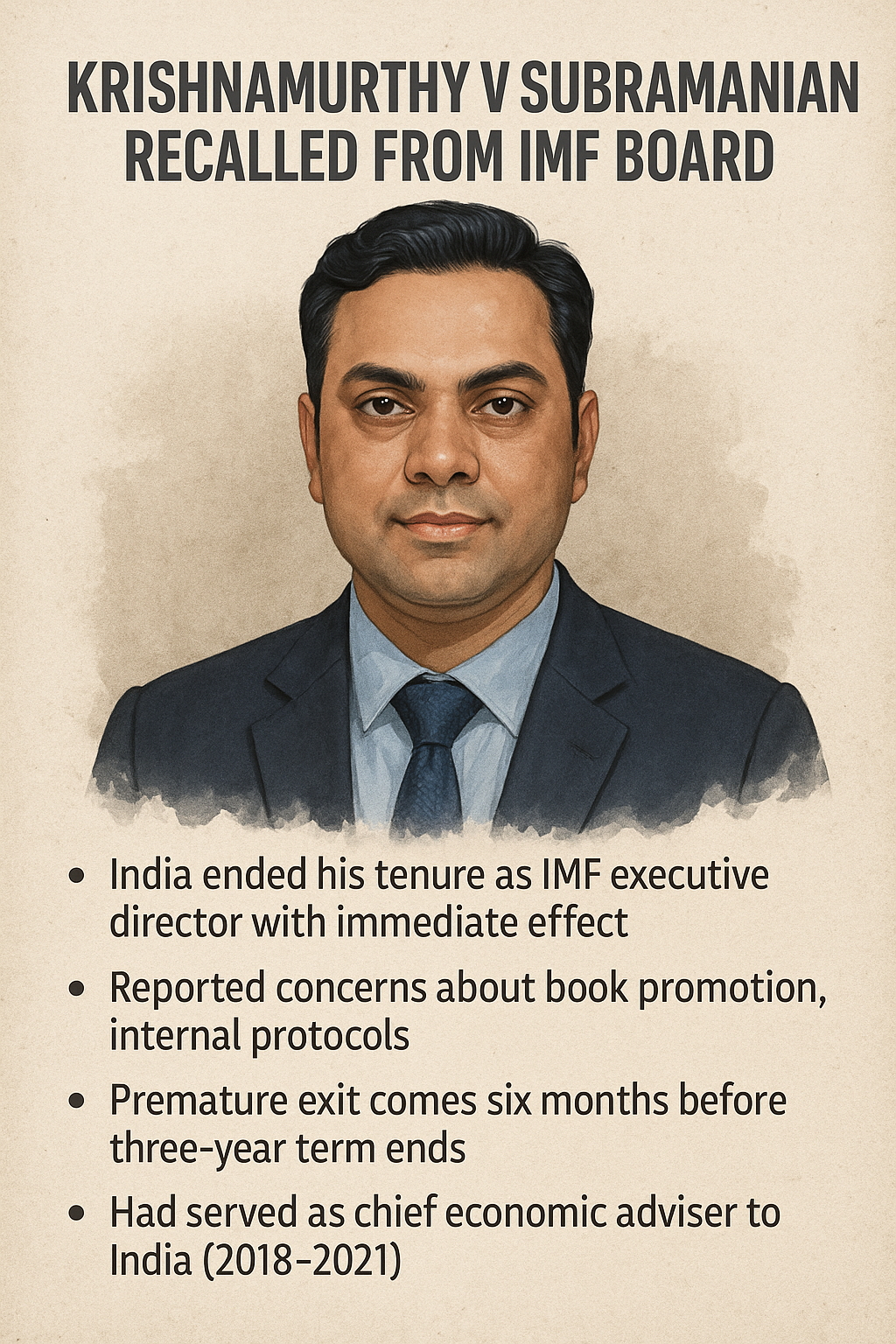
📅 May 13, 2025, Post 3: 🟦The State of Global Nursing Workforce in 2025 |High Quality Mains Essay | Prelims MCQs
May 13, 2025 International HERO — PETAL 003
The State of Global Nursing Workforce in 2025

🩺 Thematic Focus:
Global Health Workforce • WHO Report • Gender Equity in Care
🌿 Intro Whisper
In the quiet corridors of healing, it is the nurse who hears the first breath, the last sigh, and every silent struggle in between. WHO’s 2025 nursing report reveals a world leaning on tired shoulders — and urges us to support them better.
📌 Key Highlights
- Global Nursing Strength:
The number of nurses increased from 27.9 million (2018) to 29.8 million (2023) — the largest healthcare workforce segment. - Distribution Inequity:
➤ 78% of nurses serve only 49% of the global population, primarily in wealthier countries.
➤ Underserved regions still face critical nurse shortages. - Low-Income Country Challenge:
➤ Nurse education is expanding, but job creation lags behind.
➤ Underemployment persists due to population growth outpacing opportunities. - Foreign-Born Dependence:
➤ 1 in 7 nurses is foreign-born.
➤ In high-income countries, 23% of the nursing workforce is international — raising ethical concerns about brain drain. - Gender Dynamics:
➤ 85% of nurses are women.
➤ The report calls for stronger gender-equity policies and leadership roles for women. - Mental Health Crisis:
➤ Only 42% of countries offer mental health support to nurses.
➤ Post-COVID trauma, long hours, and emotional stress worsen well-being. - Policy Blueprint:
➤ 12 priority policies and 5 bonus recommendations released.
➤ Emphasis on investing in training, retention, mental health, and equal pay. - Reporting Expansion:
➤ Data from 194 countries included — a 33% increase from the 2020 edition.
➤ Better data helps craft better policy.
🧭 GS Paper Mapping
GS 2 – Health, Government Policies & Interventions, International Reports
GS 1 – Role of Women, Social Empowerment
GS 4 – Ethics in Healthcare, Empathy & Caregiving
🪔 A Thought Spark — by IAS Monk
“The heartbeat of healthcare does not come from machines, but from the nurse standing silently beside your bed, anchoring life with care. The world’s healing begins when we begin to care for the caregivers.”
High Quality Mains Essay For Practice :
Word Limit 1000-1200
The Silent Backbone of Global Health: Investing in the Nursing Workforce for a Sustainable Future
Introduction
In the grand architecture of healthcare systems, nurses are the foundation stones — silently bearing the weight of crises, care, and continuity. From urban ICUs to remote village clinics, it is often a nurse who listens, acts, and heals before a doctor arrives. The 2025 edition of the State of the World’s Nursing Report by the World Health Organization (WHO) shines a long-overdue spotlight on this workforce, calling it central to achieving the Sustainable Development Goals (SDGs), especially universal health coverage. But the numbers, though improving, reveal glaring gaps in distribution, recognition, and well-being. As the world stumbles toward post-pandemic rebuilding, investing in the nursing workforce is no longer optional — it is essential for the very survival and equity of health systems.
The Current Global Nursing Landscape
According to the 2025 WHO report, the global nursing workforce has grown from 27.9 million (2018) to 29.8 million (2023). This growth is commendable, yet it hides an uncomfortable reality: nearly 78% of nurses are concentrated in countries that only account for 49% of the global population. High-income nations not only enjoy a higher nurse-to-patient ratio but also siphon off talent from middle- and low-income countries through better pay and working conditions.
This lopsided distribution threatens global equity in healthcare. A sick child in sub-Saharan Africa is statistically far less likely to encounter a qualified nurse than a child in Europe or North America. This is not just a healthcare problem — it is a development, rights, and dignity issue.
Challenges in Low- and Middle-Income Countries (LMICs)
LMICs are, paradoxically, producing nurses at a faster rate than high-income nations. But the jobs to absorb them are not growing at the same pace. The result? Underemployment, demoralization, and migration. Many newly trained nurses find themselves without positions or are absorbed into roles far below their training level, leading to skill erosion and discontent.
Furthermore, these countries often suffer from unstable healthcare financing, inadequate infrastructure, and political instability — all of which impact the recruitment and retention of nurses. Without structured domestic investment in employment, training, and career progression, these countries will continue to lose their talent to more developed nations, perpetuating the cycle of health inequity.
The Double-Edged Sword of International Migration
One of the most striking data points in the WHO report is that 1 in 7 nurses globally is foreign-born, with the figure rising to 23% in high-income countries. While migration offers opportunities for individual nurses and fills gaps in aging populations, it also depletes already fragile systems in donor countries.
The ethical challenge is stark. Should high-income countries address their own shortages by relying on talent trained by poorer nations? Or should they invest more in local training pipelines? Conversely, should LMICs try to restrict migration, potentially stifling individual opportunity, or should they adapt by expanding training and raising wages domestically?
A balanced solution requires bilateral agreements, ethical recruitment standards, and perhaps even compensation mechanisms to the countries that lose trained professionals.
Gender Inequality in the Nursing Profession
A staggering 85% of the nursing workforce is female, yet decision-making roles in global healthcare are still male-dominated. Nurses, despite their front-line contributions, remain underpaid, underrepresented, and often undervalued in healthcare governance.
The feminization of nursing has historically led to its marginalization in policy discourse. Moreover, occupational segregation limits career mobility. The report underscores the need for gender-sensitive policies that ensure not only equal pay and safety but also leadership opportunities for women in healthcare.
The Mental Health Crisis Among Nurses
Perhaps the most disturbing revelation in the report is the fragile mental well-being of nurses. Only 42% of countries provide structured mental health support to nursing staff. The COVID-19 pandemic laid bare the emotional trauma, burnout, and psychological fatigue endured by nurses — many of whom were the sole caregivers for isolated and dying patients.
This systemic neglect of mental health results in attrition, absenteeism, reduced care quality, and in tragic cases, loss of life. Investing in nurses means more than just salaries or uniforms. It means psychological safety, counseling, peer support, and humane shift schedules. A mentally healthy caregiver is the cornerstone of a compassionate health system.
Policy Roadmap for Strengthening Nursing
The WHO report outlines 12 policy priorities and 5 additional recommendations, which span the following:
- Scaling up nursing education and aligning it with health system demands.
- Creating employment opportunities, particularly in underserved regions.
- Ensuring fair wages and decent working conditions.
- Investing in leadership training for nurses.
- Supporting nurse-led models of care, especially in primary healthcare and remote outreach.
- Developing accurate workforce data systems to inform planning.
- Building resilience by offering insurance, mental health benefits, and rest cycles.
These priorities require multi-stakeholder action — governments, NGOs, hospitals, nursing councils, and even global financial institutions must align. If nurses are the front lines of healthcare, the policies must move from the back benches to the front desks.
Why This Matters: Nurses as Drivers of SDGs
The nursing workforce plays a role in several SDGs:
- SDG 3 (Good Health and Well-Being): Nurses are the primary drivers of primary care, maternal health, and preventive services.
- SDG 5 (Gender Equality): Empowering female nurses can transform household and community-level decision-making.
- SDG 8 (Decent Work and Economic Growth): Nursing is one of the fastest-growing professions globally and can catalyze economic opportunity.
- SDG 10 (Reduced Inequalities): Investing in rural and underserved healthcare improves social equity.
Thus, strengthening the nursing workforce is not a narrow health goal — it is a foundational pillar of sustainable development.
Conclusion
The nurse is not just a healthcare worker — she is the lifeline of healing, the anchor of empathy, and the final comforter in suffering. To speak of health systems without addressing the state of nursing is to ignore the pulse of the patient. The 2025 WHO report is not just a data dump — it is a wake-up call. Investing in nursing is not just moral — it is strategic. A world that neglects its nurses will always be a world that fails its sick.
Quote to End
“Too often we underestimate the power of a touch, a smile, a kind word… all of which can be the nurse’s silent medicine.” – Florence Nightingale (Adapted)
Target IAS-26: Daily MCQs :
📌 Prelims Practice MCQs
Topic:
MCQ 1: Type – “How many of the above statements are correct?”
Consider the following statements about global nursing workforce trends as per the 2025 WHO Report:
1.Global nursing workforce rose to nearly 30 million by 2023.
2.78% of nurses serve countries that represent less than half of the world’s population.
3.High-income nations rely minimally on foreign-born nurses.
4.Low-income countries have successfully matched population growth with nursing jobs.
How many of the above statements are correct?
A) Only two
B) Only three
C) All four
D) Only one
🌀 Didn’t get it? Click here (▸) for the Correct Answer & Explanation
✅ Correct Answer: A) Only two
🧠 Explanation:
•1) ✅ True – Nursing workforce reached 29.8 million in 2023.
•2) ✅ True – 78% of nurses serve only 49% of global population.
•3) ❌ False – High-income countries rely heavily (23%) on foreign-born nurses.
•4) ❌ False – LMICs struggle to create enough jobs despite rising graduates.
MCQ 2: Type – “Two Statements”
Consider the following statements:
1.One in seven nurses globally is foreign-born, contributing to workforce gaps in source countries.
2.Nurses make up the second-largest occupational group in healthcare after doctors.
Which of the above statements is/are correct?
A) Only 1 is correct
B) Only 2 is correct
C) Both are correct
D) Neither is correct
🌀 Didn’t get it? Click here (▸) for the Correct Answer & Explanation
✅ Correct Answer: A) Only 1 is correct
🧠 Explanation:
•1) ✅ True – International migration is common, especially toward rich nations.
•2) ❌ False – Nurses form the largest occupational group in healthcare.
MCQ 3: Type – “Which of the above statements is/are correct?”
Consider the following statements regarding the challenges faced by nurses globally:
1.The majority of countries offer robust mental health support to nurses.
2.Nurses face high emotional stress and trauma, especially post-pandemic.
3.Nursing remains a female-dominated profession with limited leadership access.
4.Migration patterns favor high-income countries as destinations.
Which of the above statements is/are correct?
A) 1, 2, and 3 only
B) 2, 3, and 4 only
C) 1 and 4 only
D) All four
🌀 Didn’t get it? Click here (▸) for the Correct Answer & Explanation
✅ Correct Answer: B) 2, 3, and 4 only
🧠 Explanation:
•1) ❌ False – Only 42% of countries provide mental health support.
•2) ✅ True – Burnout and trauma have increased.
•3) ✅ True – 85% of nurses are women, underrepresented in leadership.
•4) ✅ True – High-income nations attract global talent.
MCQ 4: Type – “Direct factual question”
According to the 2025 WHO Nursing Report, what percentage of the global nursing workforce are women?
A) 70%
B) 78%
C) 85%
D) 90%
🌀 Didn’t get it? Click here (▸) for the Correct Answer & Explanation.
✅ Correct Answer: C) 85%
🧠 Explanation:
Nursing remains a highly gendered profession with women comprising 85% of the workforce.


















